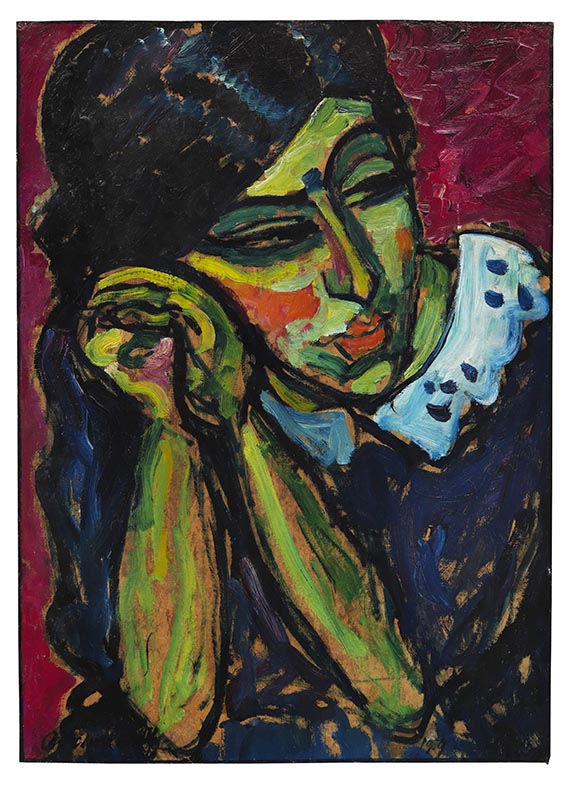Dictionary


Danube School
Between 1490 and 1540, a group of artists active in the German and Austrian Danube area, linked by their stylistic similarities, came to be referred to as the "Danube School" (Synonym: Danube Style, Danube Painting). The controversial name was coined by Theodor Frimmel and Hermann Voss.
Although there are doubts as to the existence of an actual school, the artists' work contained common elements that can be easily recognised. Landscape - often topographically determined - was emphasised in graphic works for the first time. Danube art can thus be regarded as an early form of autonomous landscape painting. Light, in its various forms, was also emphasised, lending the paintings a new, somewhat fantastic atmosphere. Figures played a secondary role to landscape. In earlier works, they are expressive and gesticulative, and later on, more lyrical.
Another unifying characteristic of the Danube School's art are fragmented, vibrating, and flowing lines, which can also be found in the woodcuts.
The Danube School has its origins in the work of Jörg Breus the Older, Rueland Frueaufs the Younger, the Vienna period of Lucas Cranach (1472-1553) the Older, and Hans Leinberger. Albrecht Altdorfer (c. 1480-1538) from Regensburg is regarded the most important artist of the Danube School - his "Forest Landscape with Saint George" (Alte Pinakothek, Munich) is an early example of the school's style. Wolf Huber (c. 1485-1553) was an independent artist on the edges of the movement. Other exponents of the Danube style include Erhart Altdorfer, Hans Leu the Younger. and Melchior Feselen. The landscapes by Augustin Hirschvogel and Hans Sebald Lautensack are regarded the last works to have been executed in the Danube style.
Between 1490 and 1540, a group of artists active in the German and Austrian Danube area, linked by their stylistic similarities, came to be referred to as the "Danube School" (Synonym: Danube Style, Danube Painting). The controversial name was coined by Theodor Frimmel and Hermann Voss.
Although there are doubts as to the existence of an actual school, the artists' work contained common elements that can be easily recognised. Landscape - often topographically determined - was emphasised in graphic works for the first time. Danube art can thus be regarded as an early form of autonomous landscape painting. Light, in its various forms, was also emphasised, lending the paintings a new, somewhat fantastic atmosphere. Figures played a secondary role to landscape. In earlier works, they are expressive and gesticulative, and later on, more lyrical.
Another unifying characteristic of the Danube School's art are fragmented, vibrating, and flowing lines, which can also be found in the woodcuts.
The Danube School has its origins in the work of Jörg Breus the Older, Rueland Frueaufs the Younger, the Vienna period of Lucas Cranach (1472-1553) the Older, and Hans Leinberger. Albrecht Altdorfer (c. 1480-1538) from Regensburg is regarded the most important artist of the Danube School - his "Forest Landscape with Saint George" (Alte Pinakothek, Munich) is an early example of the school's style. Wolf Huber (c. 1485-1553) was an independent artist on the edges of the movement. Other exponents of the Danube style include Erhart Altdorfer, Hans Leu the Younger. and Melchior Feselen. The landscapes by Augustin Hirschvogel and Hans Sebald Lautensack are regarded the last works to have been executed in the Danube style.
Offers




